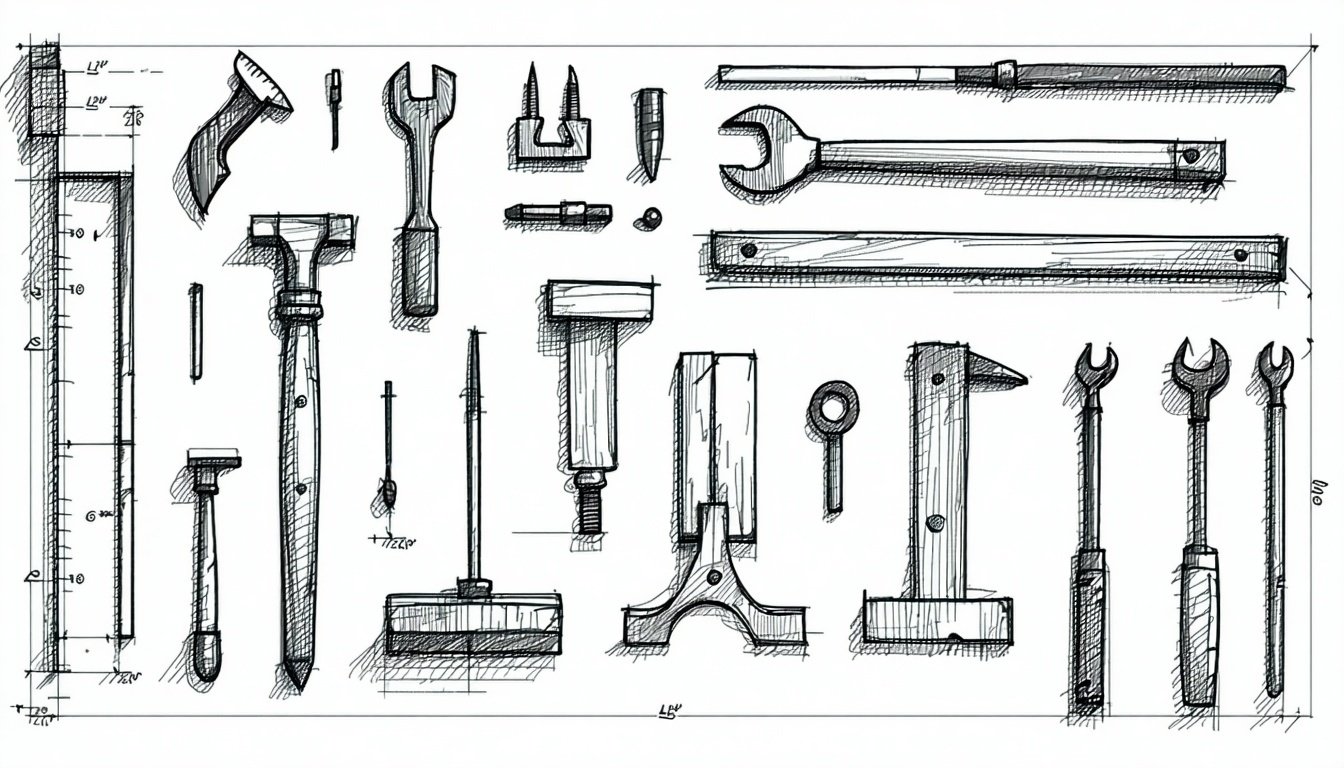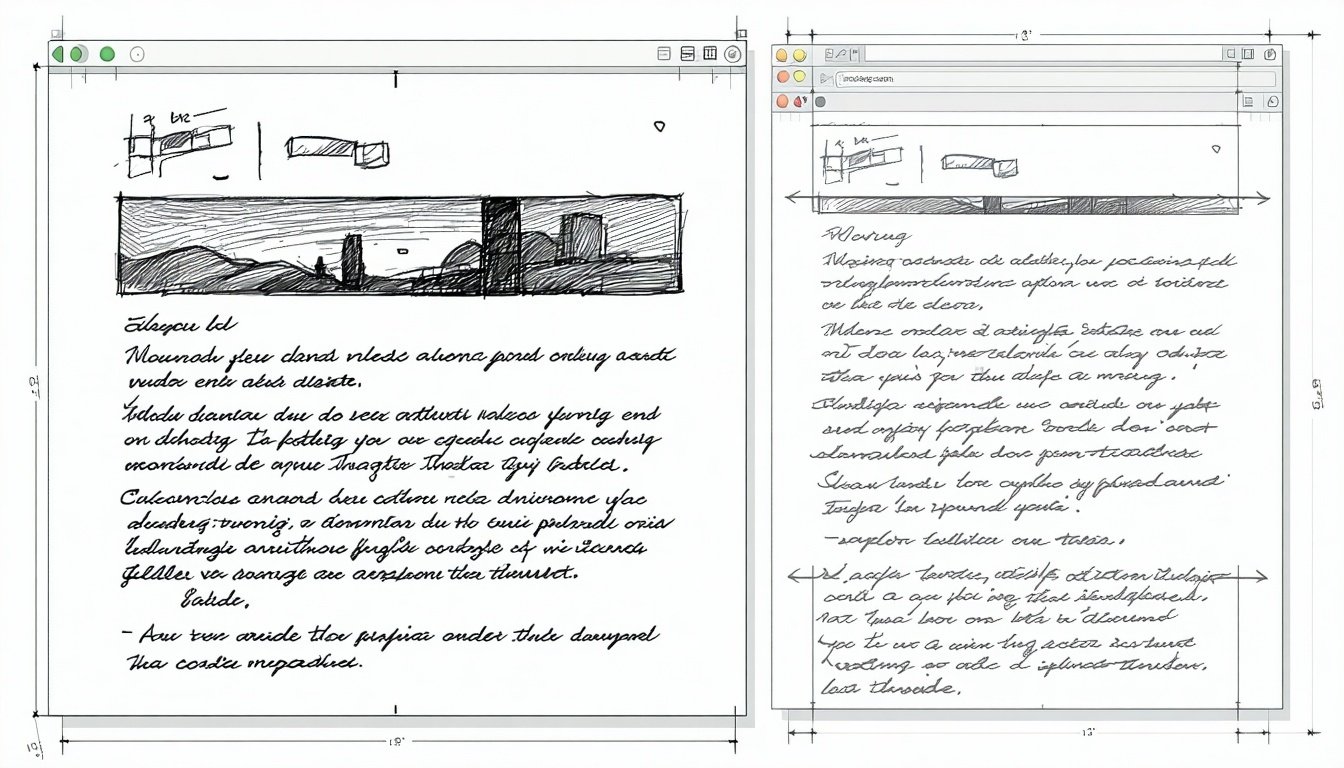

Table of Contents
With the current economic downturn, many companies are reducing their budgets and looking for ways to optimize their customer education teams. While this isn’t an easy task, there are still strategies that can be employed to ensure your customer education team is still driving growth.
But when budgets are tight, how can you drive growth for your team without spending too much? Here are some helpful tips.
Focus on creating quality education over quantity
Quality education doesn’t mean just providing more content or increasing the number of courses offered. It means providing an educational experience that is effective and valuable for your customers. For instance, designing your courses with engagement and learning in mind, offering personalization, and honing in on your customer’s learning needs. Focus on creating quality education that will engage and retain customers rather than the quantity of content.
Quality always trumps quantity when it comes to content creation for customer education teams. When you focus on creating high-quality content instead of churning out lots of mediocre material, you’ll be able to better connect with your audience and ensure that they’re getting the most out of your instruction. This is especially true when budgets are tight. Creating quality content requires resources but it pays off in the long run as it helps customers get value out of their purchase and drives upsells or repeat purchases down the road.
Utilize existing content
Understandably, many customer education teams are feeling the pressure to create more and more content. However, it's important to remember that you don't have to start from scratch. In fact, there are many ways to utilize existing content in order to create a high-quality educational experience for your customers.
Before investing in additional resources, review the content you already have and see if it can be repurposed or reused to create new learning materials. This will ensure your team maximizes resources instead of creating content from scratch.
Invest in microlearning methods
Microlearning is an instructional strategy that involves delivering content in small chunks rather than long courses. It’s designed to be quick, easy to digest, and effective. It’s also highly targeted – each piece of content should focus on one specific topic or skill that’s relevant to a customer. Even better, these smaller pieces are easier to keep updated. The goal is to provide an efficient way for customers to learn what they need to know without overwhelming them with too much information at once.
Your content should be concise but comprehensive enough to cover all relevant topics related to your product or service. Additionally, it should be engaging enough to keep customers coming back for more.
Leverage technology
Technology can make customer education more efficient and cost-effective by automating processes, streamlining communication, and providing accurate data for tracking progress.
A learning management system (LMS) allows for more engaging educational content. You can use interactive elements like quizzes, polls, and videos to keep customers engaged while they learn. Plus, online platforms allow you to track learner engagement so that you know where people are struggling and which topics they find easy or interesting. That data can then be used to refine your customer education program over time.
In addition to providing an engaging learning experience, leveraging technology also makes it easier for companies to scale up their customer education programs. You can easily track course completion rates and assess learner progress through automated reports and analytics tools provided by some LMS platforms. This allows you to ensure that your courses are effective and well-received by learners before scaling up your offerings on a larger scale.
Focus on Employee Development
One way to drive growth with a reduced budget is to focus on employee development. Investing in training and upskilling your existing staff can help them become more efficient and knowledgeable about the product or service they support. There are a growing number of customer education conferences and events.
Investing in training programs to improve soft skills, like communication or problem-solving, could help employees handle difficult customer inquiries with ease. This will not only save you money but also help increase the satisfaction of customers who come into contact with your team members.
Be sure to keep this page on Customer Education Resources (which includes podcasts, communities, industry reports, and newsletters) bookmarked!
Utilize Automation Tools
Another way to drive growth while also saving money is to use automation tools whenever possible. Automation tools can take over mundane tasks that would normally require manual labor, freeing up time for your team members to focus on more important tasks that require their expertise.
The most obvious benefit of automation is that it saves time. Automation tools can reduce the amount of manual labor needed to execute tasks and provide a better user experience.
Automation tools also help create a better user experience for customers by reducing response times and ensuring accuracy in communications. Automated systems can respond quickly and accurately so customers don’t have to wait long periods of time for a response from customer service representatives or other members of your team.
Another great benefit of automation is its ability to analyze data quickly and accurately so you can make informed decisions about how best to improve your customer education program. Having access to accurate data analysis allows you to understand what content resonates with customers most, where there may be gaps in understanding, and how best to address those gaps so that customers have an enjoyable learning experience while using your product or service. This information can be incredibly helpful in ensuring your customer education program provides high-quality content that is tailored specifically toward customer needs and expectations.
Evaluate your current customer education budget
Evaluate your current customer education budget and look for areas where you can reduce costs. Evaluating customer education budgets is essential in times of economic downturns. By assessing how much of the customer education budget is being used effectively and efficiently, decision-makers can identify strategies to reduce waste while still achieving customer education goals.
Further analysis of customer education expenses and resources can also help reveal which activities are having a positive impact and which ones need improvement or restructuring. Additionally, tracking customer engagement metrics such as time spent on lessons or completion rate can provide invaluable insights into how customer education teams should be improving their programs. With a careful assessment of customer education budgets, companies can better understand which areas require further investment and where money can be saved.
Work with other teams to create cross-functional initiatives
Cross-functional collaboration doesn’t just benefit one team—it creates synergy between all participating teams as well. Working together with other teams to create cross-functional initiatives is a great way to ensure that your customer education team is successful. By leveraging the resources and skills of other departments, you can develop better strategies and solutions that are tailored to the needs of your customers.
One of the key benefits of cross-functional collaboration is that it allows teams to share ideas, resources, and knowledge. For example, your customer success team may already have an understanding of how customers use your product in their day-to-day lives. This information can be used by the customer education team to develop content that is tailored specifically to those customers’ needs. Similarly, the marketing team may be aware of trends in the industry that could inform new customer education initiatives. The point is that by working together, each team can leverage its specific expertise to create more comprehensive and effective solutions for customers.
When developing a cross-functional initiative, it’s important to make sure everyone involved understands what the end goal should be. Doing so will help keep everyone on track and ensure that all parties are working towards a common goal. It also helps ensure that any conflicts or differences in opinion can be resolved quickly and efficiently without derailing progress on the project.
Leverage existing channels for marketing and outreach
Marketing is an important part of any customer education team’s success, but it doesn’t have to be expensive! Take advantage of existing channels, such as social media or email newsletters, to promote your resources, or consider partnering with other organizations who may be willing to promote your content in exchange for access or a fee reduction.
Take advantage of your network
Take advantage of your network; reach out to other customer education professionals in your industry and ask them what they use to get the job done within their budget constraints.
Here's a list of communities to check out:
Customer Education Slack
This free community has over 4,000 customer education professionals connecting and learning from one another. Slack channels include certifications, job postings, data masterminds, events, onboarding, trends, customer training, etc.
E-Learning Heroes
Articulate's E-Learning Heroes is a robust community for e-learning creators. While many of the discussions focus on using the Articulate software, not all of them are. You can see the most recent discussions without even logging in, to see if it's the right community for you.
Elearning Designer's Academy
Created by Tim Slade, this community is created for instructional designers looking to connect, network, and learn from each other.
CEdMA
CEdMA, a Customer Education organization, provides valuable resources, including industry insights, best practices, and networking opportunities for its members - executives, managers, and professionals at tech companies responsible for modern technical learning programs. They have over 600 members, representing over 100 technology companies.
Your customer education team should always be a priority when it comes to driving growth for your business—even during times of financial difficulty! With these strategies in place, you can rest assured knowing that your customer education team has everything it needs in order to continue driving growth for your business even when times get tough.
Dig Deeper

Join the conversation with other SaaS education leaders. Share your insights or ask a question.

Explore the templates and frameworks we recommend to put these ideas into action.

Keep learning - dive into related topics and best practices from our latest posts.
.png?width=75&height=152&name=saas_academy_logo%20(2).png)
.png?width=104&height=152&name=saas_academy_logo%20(1).png)